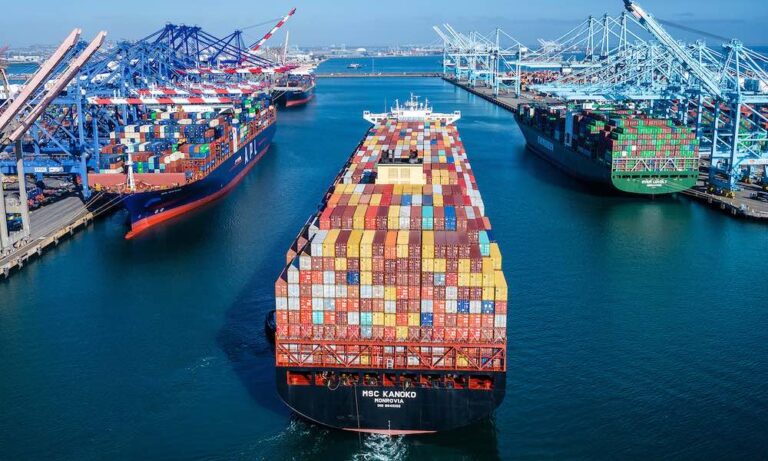Pierre Aury warns of a looming financial crisis that will make 2008 look like “a beautiful spring picnic on the seaside”.
In my last column I said that shipping is not an insulated system: it is an outgrowth of the global economic/geopolitical situation, subject to the decisions of crazy politicians, and cannot be predicted by AIS signals.
In this column we consider what impact the macroeconomic situation is likely to have in the short to medium term, particularly on financial matters.
Remember late 2008? The world’s international financial system briefly shut down. As a direct result, freight markets went to zero as trade finance dried up overnight.
There has been an increase in articles about the possibility of a bigger financial crisis looming. Some of these articles talk about unrealized losses sitting in accounts at US banks and cite the FDIC to back up their claims. FDIC stands for Federal Deposit Insurance Corporation, the US agency responsible for insuring deposits placed with approximately 5,000 US banks and savings associations (essentially all banks and savings associations except for the 12 state reserve banks that are part of the Federal Reserve System).
The graph above (created with FDIC data) shows the level of unrealized gains or losses of US banks in billions of dollars. We can see that compared to 2008, there has been a significant increase in unrealized losses: 550 vs. 50, or 11 times. Now let’s compare this roughly $500 billion to the profits of US banks. During the same period, US banks reported quarterly total profits ranging from $16 billion to $82 billion, except for 2008. In 2023, US banks reported profits of $256 billion. That means that if the unrealized losses of US banks were realized over a 10-year period, this would represent “only” 25% of the average annual profits. We will still compare the $500 billion reported by the FDIC, but this time we will compare it to the bonuses paid by US banks in 2009. Yes, you read that correctly in 2009: US banks paid out $140 billion in bonuses that year. Another comparison is the $204 billion in fines and damages paid by US banks after the 2008 crisis.
The FDIC figures should also be compared to the Fed’s unrealized losses of $1 trillion (with $100 billion due to be realized in 2023), or the nearly $1 quadrillion (1 quadrillion!) notional value of the global derivatives markets, which is equivalent to 10 times global GDP.
Have lunatics taken over the mental hospitals? The FDIC’s $5 trillion figure is not enough in itself to cause a 2008-like crisis. For some obscure reason, banks have the ability to legally falsify their books, so most of the time the average bank’s balance sheet is empty on the left column and empty on the right column, and regulators look the other way. This ability to manipulate accounts is a powerful tool to delay a looming crisis. But if something were to cause a new crisis, the result would be enough to make the 2008 crisis look like a beautiful spring day at the beach.
The trigger in 2008 was the real estate market crash. What about 2024, 2025, 2026? Our prediction is that the debt levels in the system will reach unsustainable levels that will trigger the next financial collapse. Simply put, the world is buried under $300 trillion in debt and growing.
Stay tuned for next month, when we’ll explain why this is a problem. In the meantime, enjoy your holidays.



